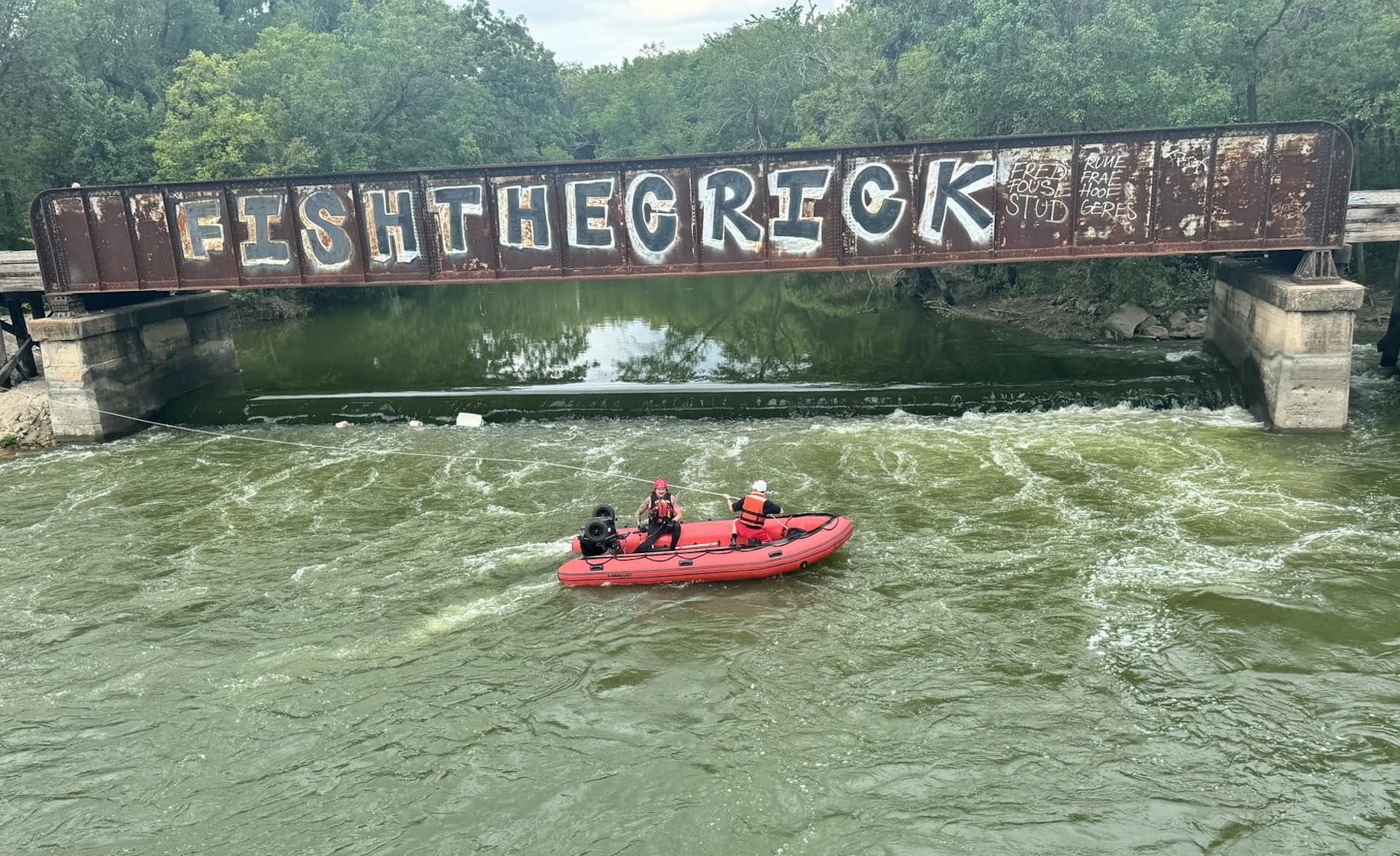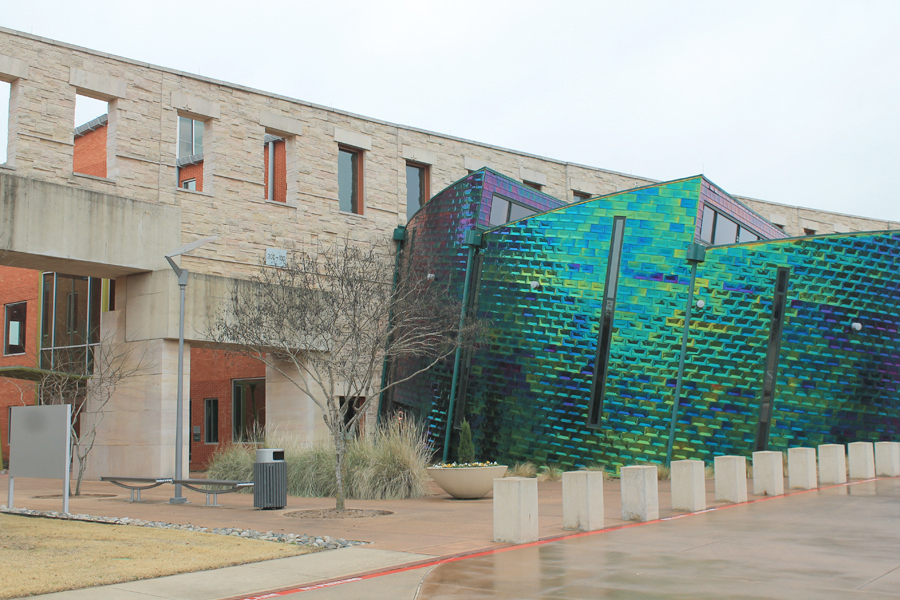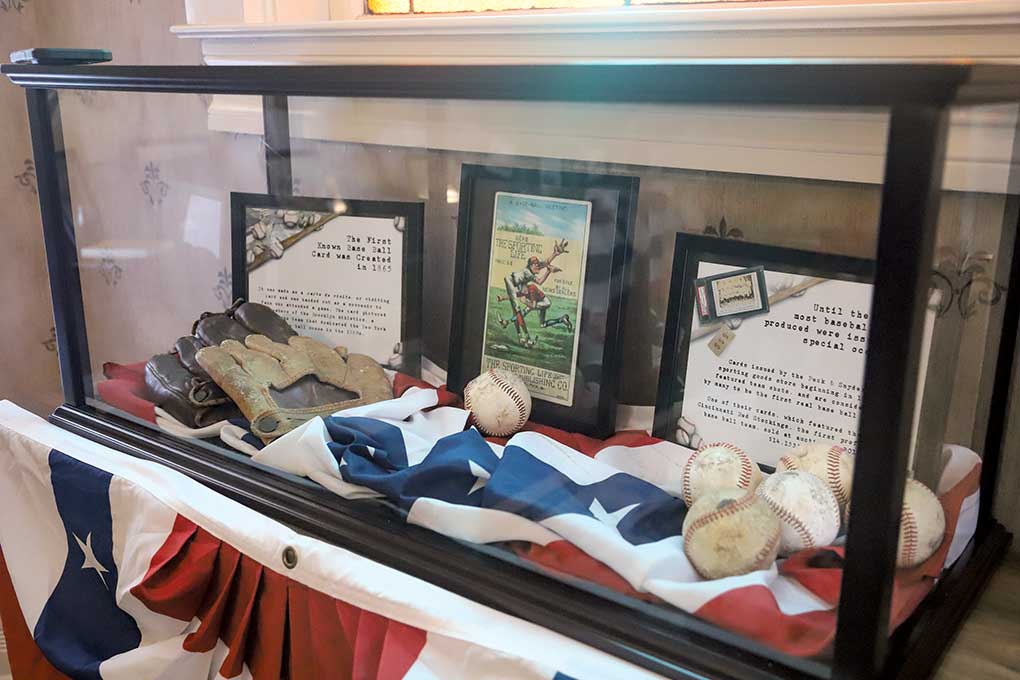Along with a disaster, come scammers and Hurricane Harvey that struck the Texas coast is no different.
The scams come in the form of unsolicited email and social media posts purporting to be for the benefit of hurricane victims.
While people want to help, they should remember to use caution when opening email and viewing social media posts. The best way to contribute to the relief effort is to type the organization’s web address directly into a browser, or use an existing favorite/bookmark line.
Some helpful points on email:
- Do not follow unsolicited web links in email messages.
- Use caution when opening email attachments. Refer to the US-CERT Tip “Using Caution with Email Attachments” for more information on safely handling email attachments. Copy into your browser: https://www.us-cert.gov/ncas/tips/ST04-010
- Keep antivirus and other computer software up-to-date.
- Refer to the “Avoiding Social Engineering and Phishing Attacks” for more information on social engineering attacks. Copy into your browser: https://www.us-cert.gov/ncas/tips/ST04-014
- Review the Federal Trade Commission information on “Charity Scams”. Copy this into your browser: https://www.consumer.ftc.gov/features/feature-0011-charity-scams
- Verify the legitimacy of any email solicitation by contacting the organization directly through a trusted contact number. You can find trusted contact information for many charities on the BBB “National Charity Report Index”. Copy into your browser: http://give.org/charity-reviews/national
Things to look out for on Social Media:
- Facebook pages dedicated to victim relief contain links to scam websites.
- Tweets are going out with links to charitable websites soliciting donations, but in reality include links to scam sites or links that lead to a malware infection.




















0 Comments